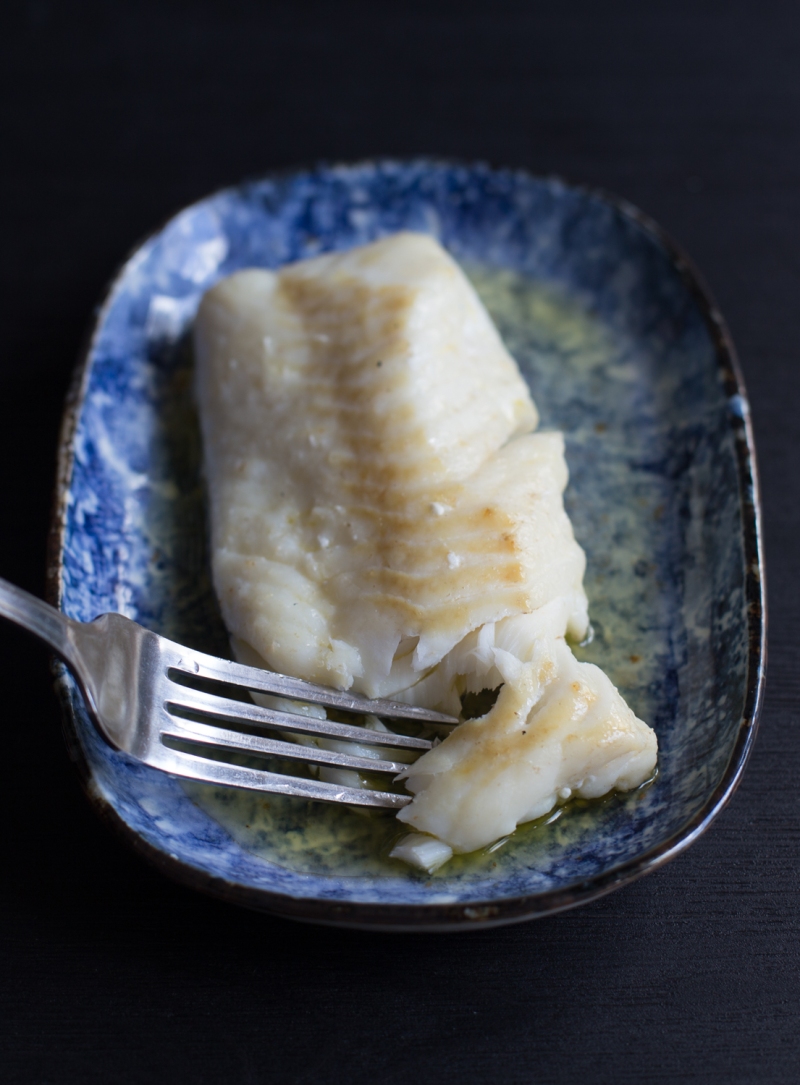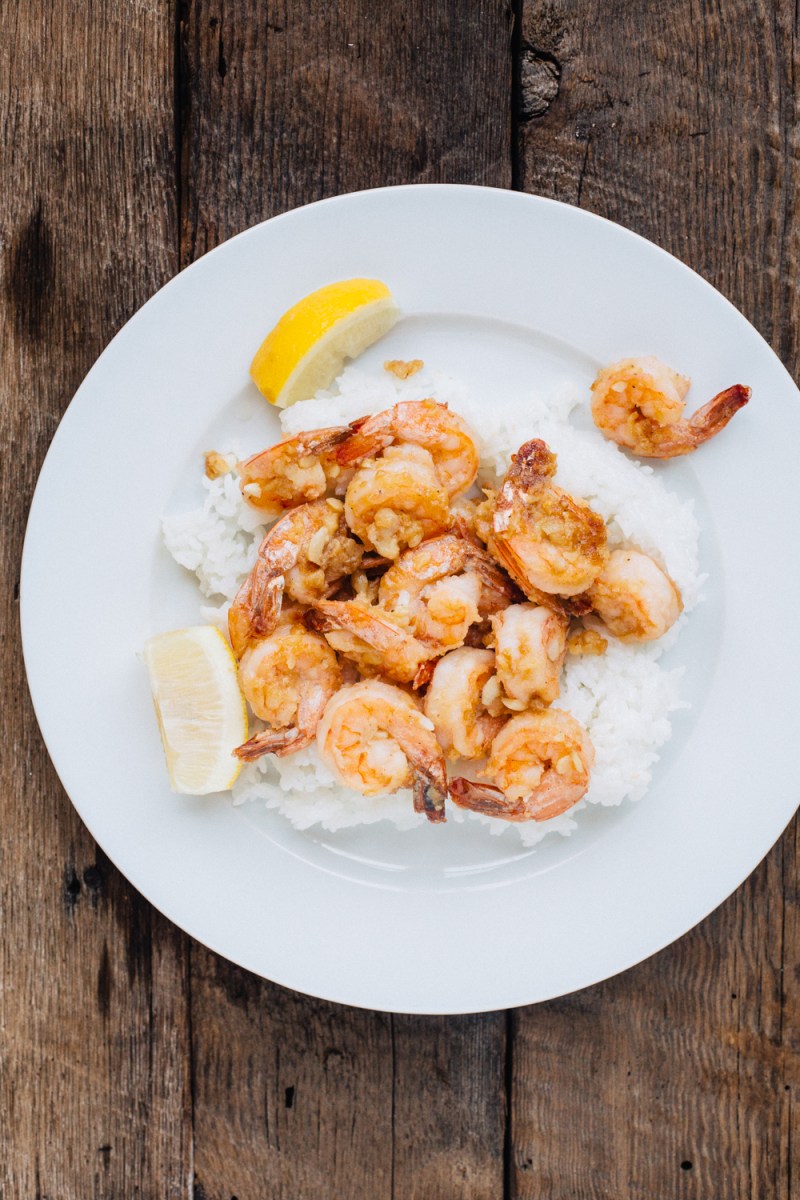
I’m relatively new to the sous vide world, but it’s something that has always intrigued me. Sous-vide cooking involves placing food items in a sealed plastic bag and immersing the bag in a water bath for an extended time, set at a specific temperature, to evenly cook the food. This method was first popularized in the 1960s, as a method of cooking foie gras (fattened goose liver) to the desired temperature without losing any liquid in the process. It’s become very popular over the past 10 years; in fact, the barbacoa, steak, and carnitas served at Chipotle are all prepared using the sous vide method in a central location before being shipped to their restaurants.
It sounds daunting to dive into a new cooking method, especially one that has precise temperature and time requirements, but more tools are coming to market to make sous vide a breeze. Case in point is the Oliso Induction Smart Hub, which the company recently sent me to try. This device comes in two parts: an induction cooktop, which heats food efficiently (and super quickly) using magnetic induction, and the sous vide Smart Top, which sets atop the induction cooktop. I like this concept since the induction cooktop can be used in a variety of ways, independent of the sous vide oven; I use it to rapidly boil water without heating up the whole house, or to fry up a couple eggs in just a few seconds.
There’s a whole world to sous vide, with all sorts of charts and graphs (or as one of my favorite bands–Grandaddy–would say, “Chartsengrafs“), but I wanted to present a simple recipe to help folks dip their toes into this new adventure. Salmon is an ideal choice, since it’s very easy to tell when fish has been improperly cooked, and this method guarantees perfect texture every time.


